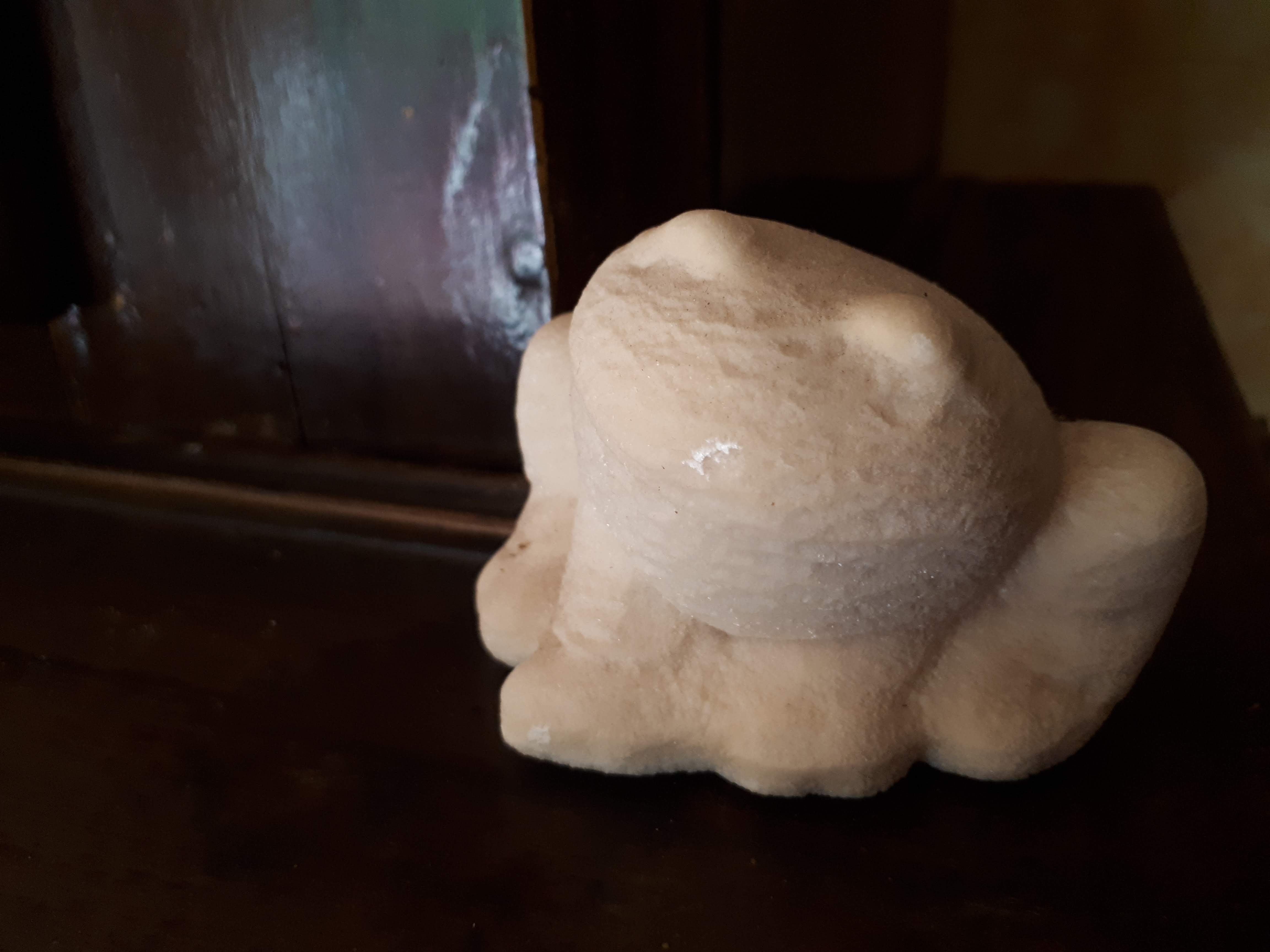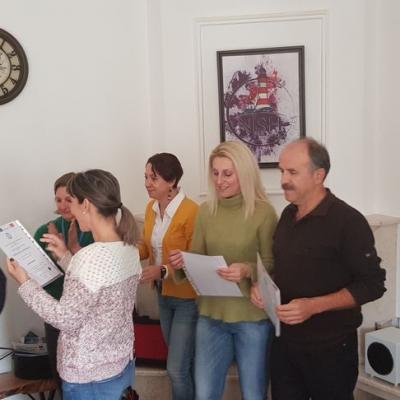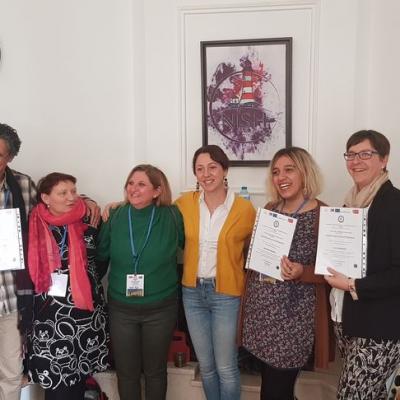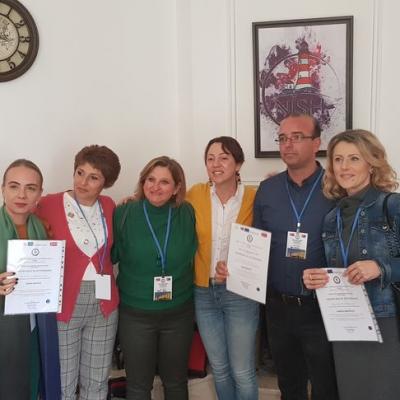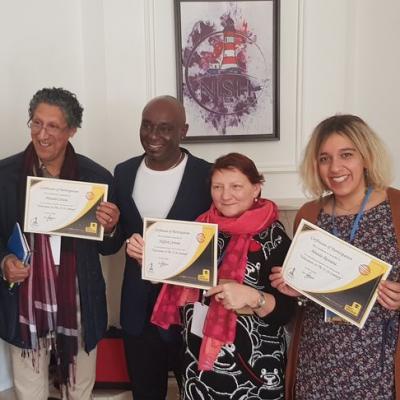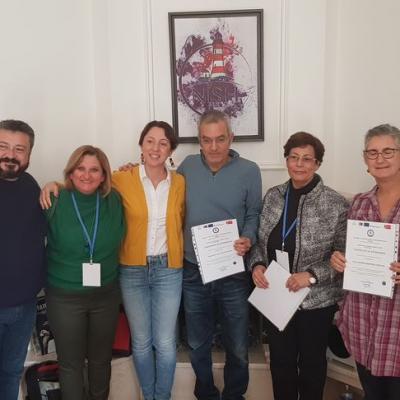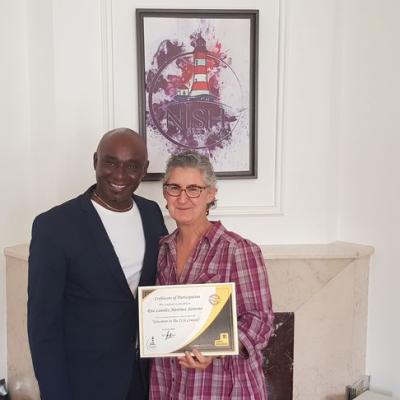Do you remember the frogs and flowers album during the lockdown?
Today I want to introduce you two very special frogs:
One was made with a special pottery technique called raku .
What is raku ?
Raku (楽焼, raku-yaki) generally refers to a type of low-firing process that was inspired by traditional Japanese raku firing. It was traditionally used in Japanese tea ceremonies, most often in the form of chawan tea bowls. Western-style raku usually involves removing pottery from the kiln while at bright red heat and placing it into containers with combustible materials. Once the materials ignite, the containers are closed.

The second one comes from the small and yet very famous village of Saint Nectaire in France . It is where the saint Nectaire cheese is from. It was made at a very special place, with a very special technique : It was made in a cave , an underground environment fitted out 200 years ago by the family ancestor, and where the precisely the 52°C hot volcanic springs spurt out.
Their high mineralization is used to make encrustations on moulds or low-reliefs out of calcium carbonate in a petrifying fountain which is a 14-meter-high ladder that takes advantage of calcium carbonate to fill in the 1200 moulds which are placed underneath the petrifying water. They get supervised and handled daily until the statues are finished.
This is the link to their site https://fontaines-petrifiantes.fr/
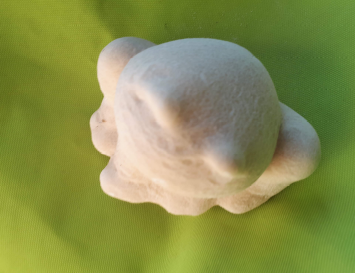
Vous vous souvenez peut être de notre album Fleurs et grenouilles ?
Aujourd’hui je veux vous présenter deux grenouilles très spéciales de par leurs procédés de fabrication.
La première est un modèle en raku Le raku, abréviation du terme japonais raku-yaki 楽焼 (raku-yaki, c’est-à-dire « cuisson confortable » ou « cuisson heureuse ») est le résultat d'une technique d'émaillage développée dans le Japon du XVI e siècle. Il est lié essentiellement à la fabrication de bols pour la cérémonie du thé. C’est en fait une technique d’émaillage qui consiste à placer le biscuit dans un four fermé qui peut être chauffé jusqu’à 1000 °.
La deuxième nous vient du village de Saint Nectaire, célèbre pour son fromage. Elle a été produite dans les fontaines pétrifiantes de saint Nectaire
La technique consiste à réaliser des moulages à partir de matrices, dans lesquels le calcaire se déposera pour réaliser des œuvres d’art insolites. La Fontaine Pétrifiante est en fait une surprenante chute d’eau de 14 mètres qui permet l’exploitation artistique du calcaire et permet de produire des statues de toutes les tailles.
https://fontaines-petrifiantes.fr/en/parcours-interactif/la-fontaine-petrifiante
